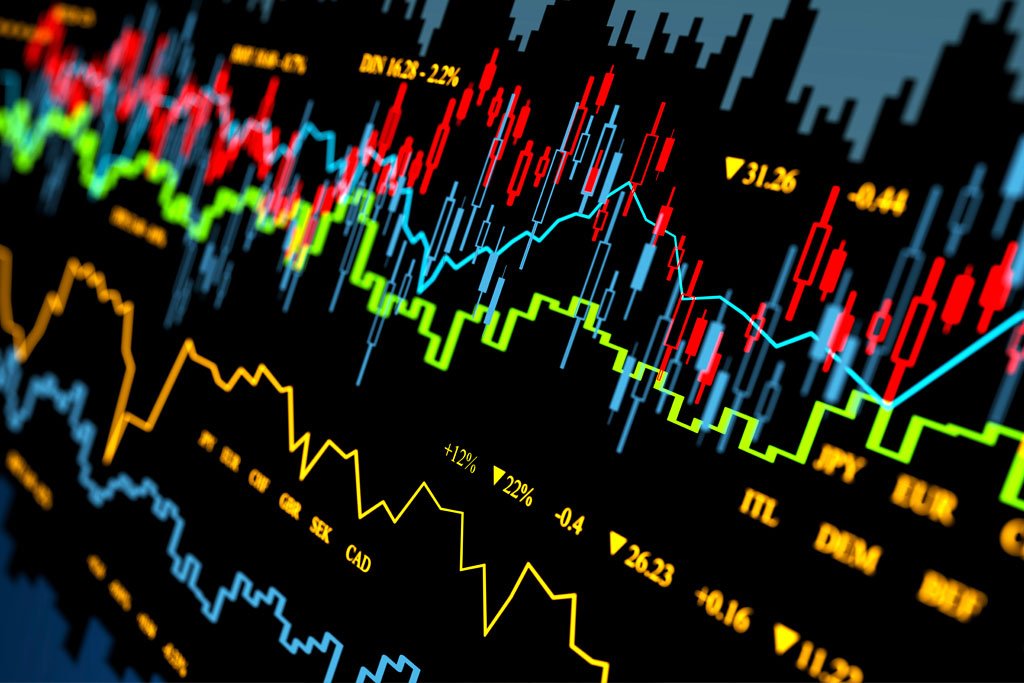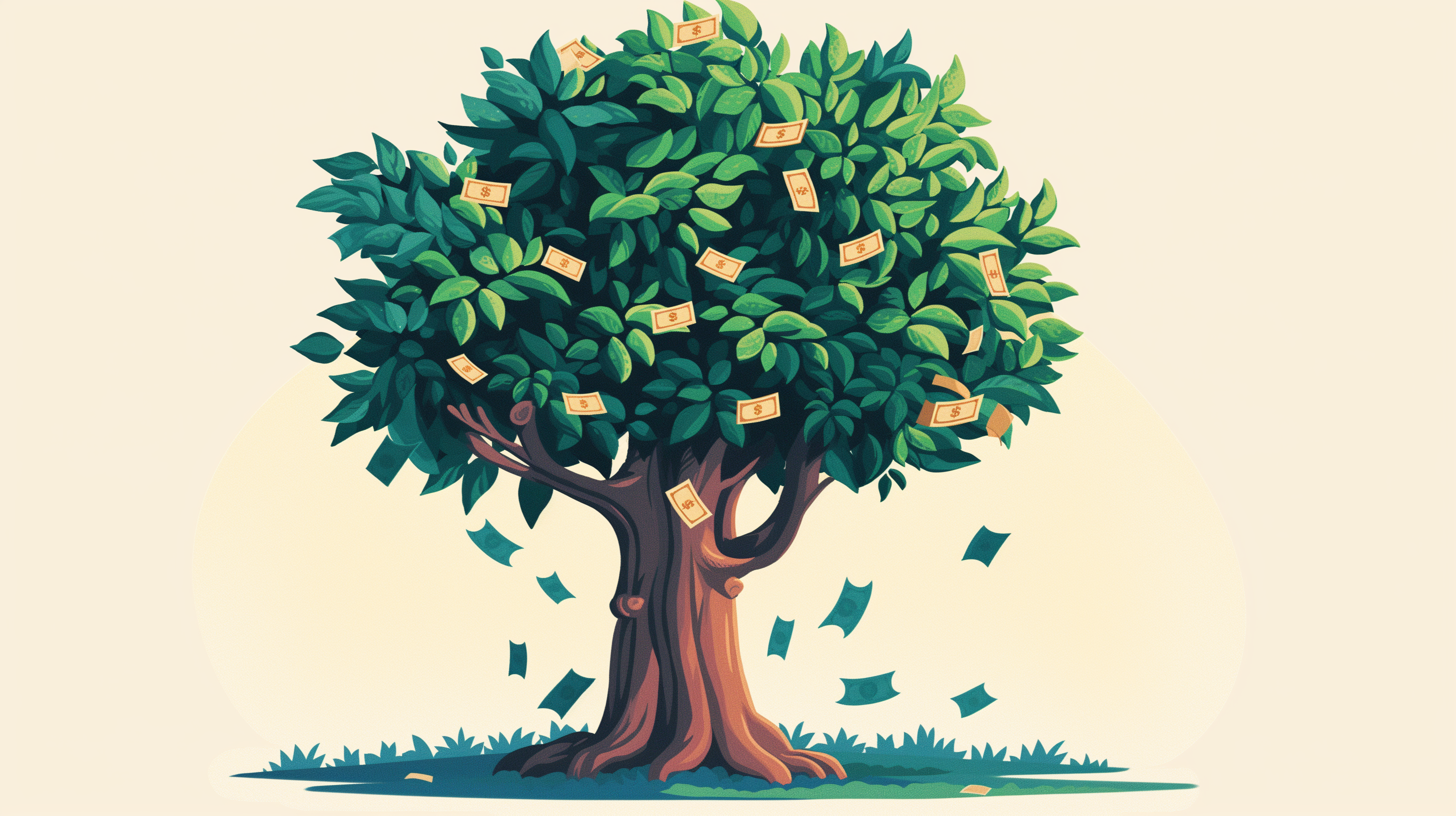All investors seem to be in constant search of income from their portfolios. At a time when the 10-year Treasury is yielding only 2 percent, creating income from bonds is challenging. Beyond paltry yields, bonds also carry the risk of loss of principal should interest rates rise.
The result is clear: The Federal Reserve has painted everyone into a corner with the low-yield environment it’s fostered.
Meanwhile, clients keep approaching us looking for the elusive investment that yields 4 percent with no principal fluctuation. Our solution is a diversified portfolio of income solutions, from government, corporate and high-yield bonds to preferred stocks and common stocks with strong dividends.
Another often-overlooked income opportunity involves selling call options against stocks. The word “option” may conjure thoughts of speculation and risk. However, selling a call option merely involves selling away the future appreciation of a stock, which is why it’s safer to own the stock that you sell the call option against, a scenario known as a “covered call.”
An investor can earn a high percentage of income by selling a call option.
For example, Apple is presently trading at around $110. If you buy 100 shares of Apple, the cost will be $11,000. After buying the stock, you could then sell the April 2016 $110 call option for the equivalent of $9 per share, for a return of 8.18 percent against your stock for a seven-month period.
There are three potential outcomes. The first assumes that Apple was trading above $110 per share in April 2016. Since the option allows the buyer to acquire the stock at $110, the buyer will execute the option and you will have to sell him or her the stock. It’s unfortunate that you didn’t earn the full stock appreciation, but your 8.18 percent return is still impressive.
The second outcome assumes the stock remains at $110 at expiration. There is no value to exercising the option, and you keep the option premium for the 8.18 percent return.
The third outcome assumes that the Apple share price falls below $110 by April 2016. This may be discouraging, as you have lost value in your stock holding. However, there is some solace, as the 8.18 percent return from the option premium has cushioned the fall.
There are several components to how an option is valued. The difference between the stock price and the option strike price is a major determinant, as is the length of time until the exercise date. The more time remaining until that date, the greater the component’s value. The last component is the volatility index or “fear gauge” of the market. When the market is more fearful, this component has a larger effect.
Unlike European options that transact only at expiration, U.S. options can be traded for the duration of the option contract. If we buy Apple and sell the “at the market” call option (the strike price is the same as the current stock price), we can wait for the expiration of the option, or close the position earlier.
Every day, the option melts away and loses value to the decay of the time element. If the stock price declines relative to the strike price, the option loses value as well. These circumstances provide the opportunity to close the option at a reduced price and lock in a profit.
A qualified professional should assist you with these complex transactions. However, covered calls may be a valuable addition to the income strategy of your portfolio, particularly when they can provide some stability in a time of volatile markets.
This article was originally published in the December 2016/January 2017 issue of Worth.
An investor can earn a high percentage of income by selling a call option.
For example, Apple is presently trading at around $110. If you buy 100 shares of Apple, the cost will be $11,000. After buying the stock, you could then sell the April 2016 $110 call option for the equivalent of $9 per share, for a return of 8.18 percent against your stock for a seven-month period.
There are three potential outcomes. The first assumes that Apple was trading above $110 per share in April 2016. Since the option allows the buyer to acquire the stock at $110, the buyer will execute the option and you will have to sell him or her the stock. It’s unfortunate that you didn’t earn the full stock appreciation, but your 8.18 percent return is still impressive.
The second outcome assumes the stock remains at $110 at expiration. There is no value to exercising the option, and you keep the option premium for the 8.18 percent return.
The third outcome assumes that the Apple share price falls below $110 by April 2016. This may be discouraging, as you have lost value in your stock holding. However, there is some solace, as the 8.18 percent return from the option premium has cushioned the fall.
There are several components to how an option is valued. The difference between the stock price and the option strike price is a major determinant, as is the length of time until the exercise date. The more time remaining until that date, the greater the component’s value. The last component is the volatility index or “fear gauge” of the market. When the market is more fearful, this component has a larger effect.
Unlike European options that transact only at expiration, U.S. options can be traded for the duration of the option contract. If we buy Apple and sell the “at the market” call option (the strike price is the same as the current stock price), we can wait for the expiration of the option, or close the position earlier.
Every day, the option melts away and loses value to the decay of the time element. If the stock price declines relative to the strike price, the option loses value as well. These circumstances provide the opportunity to close the option at a reduced price and lock in a profit.
A qualified professional should assist you with these complex transactions. However, covered calls may be a valuable addition to the income strategy of your portfolio, particularly when they can provide some stability in a time of volatile markets.
This article was originally published in the December 2016/January 2017 issue of Worth.
















